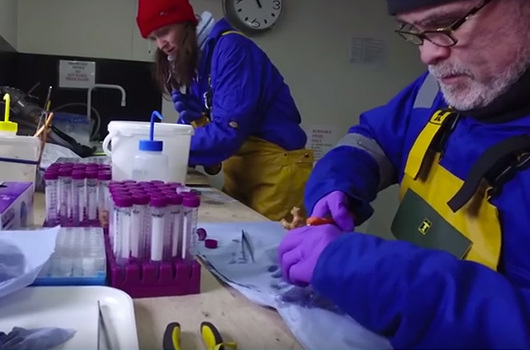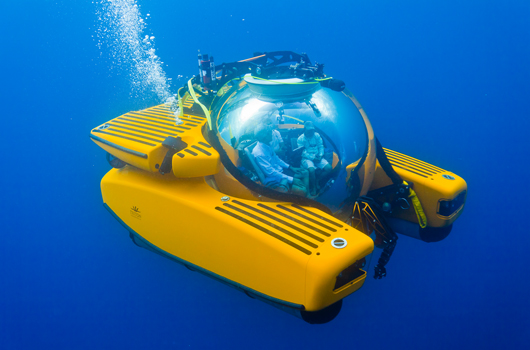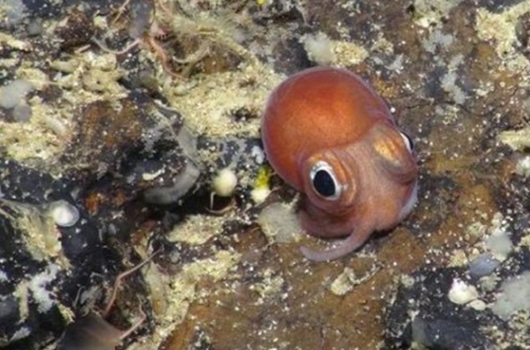Somerville’s Professor of Conservation Biology and Director of the Oxford India Centre for Sustainable Development, Alex Rogers, has received national media coverage for his most recent expeditions to deep-sea Burmuda and West Scotland.
‘Deep sea research needs to be funded at a similar scale to space research. It’s as simple as that,’ Rogers told the Guardian in a feature that outlined the objectives and goals of the XL Catlin Deep-Ocean Survey lead by Nekton. Rogers has been leading the scientific effort for a month long survey of the three underwater volcanoes, known as seamounts, that lie near Bermuda.
The team are using two Triton submersibles, the Nemo and the Nomad, that have mechanical arms for collecting coral and sponge samples, and tubes that capture water samples. The vessels have pressure hulls made from transparent acrylic which provide an unparalleled view of the surrounding ocean. Guardian reporter Oliver Milman was invited by the team to experience a dive in the Triton submersible, which you can see in a short film on the Guardian website.
Elsewhere, in an episode of BBC Radio 4’s From Our Own Correspondent titled Rebels with a Cause, which aired last Saturday, reporter Justin Marozzi is also offered the privilege of a dive in the Triton submersible a thousand feet below the surface of the Sargasso Sea. In the short five-minute segment (at around the 22 minute mark) Marozzi takes the plunge in the Nomad, while Professor Alex Rogers is piloting the Nemo nearby.
An earlier expedition by Professor Rogers was also documented in the papers last week. An article that appeared in the Daily Mail on 11 August exhibited some of the remarkable photographs and footage from the Deep Links Project, a research effort led by the Plymouth University Marine Institute, in collaboration with the University of Oxford, the JNCC, and the British Geological Survey.
Using the Isis remotely operated vehicle, the team spent 40 days capturing footage and samples of marine life and water in a region that lies between roughly 125 and 280 miles west of Scotland. The researchers also used Autosub 6000, an autonomous underwater vehicle that generates high resolution maps of the seamounts. The team will spend the next two years analysing all the data seeking to understand the inter-relation of the species in different locations.
‘Our work around understanding the connectivity of populations of these amazing animals will be critical in understanding how to design networks of marine protected areas on the UK continental margin,’ Rogers told the Daily Mail. ‘Some of these animals generate habitat for many other species and are highly vulnerable to human impacts such as bottom trawling. Spatial protection measures are the most effective way to conserve them.’


